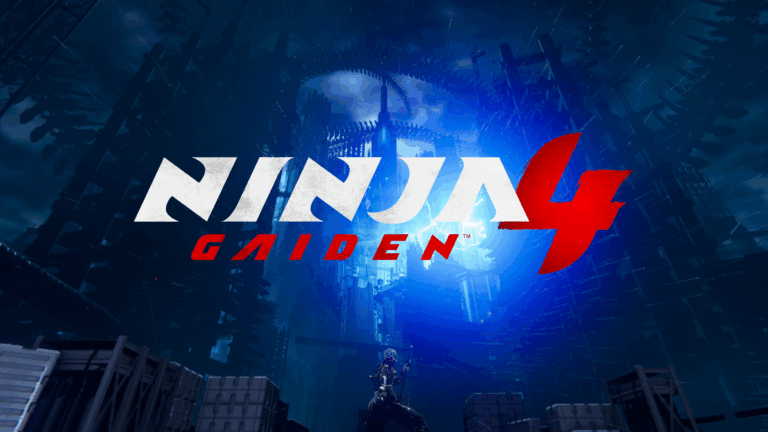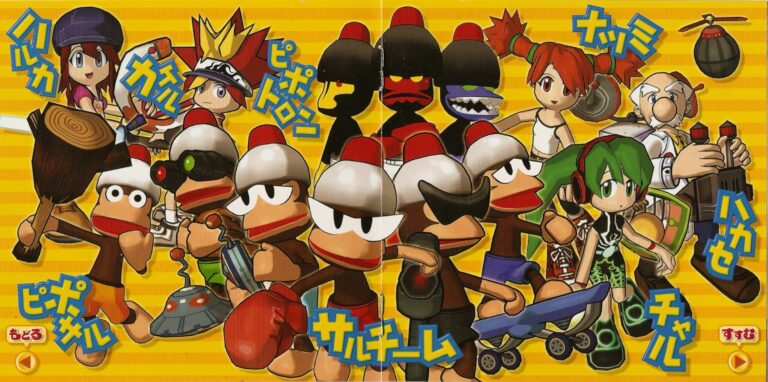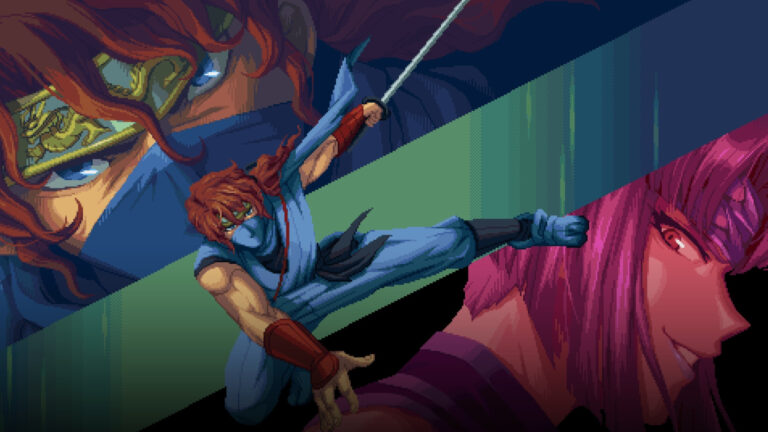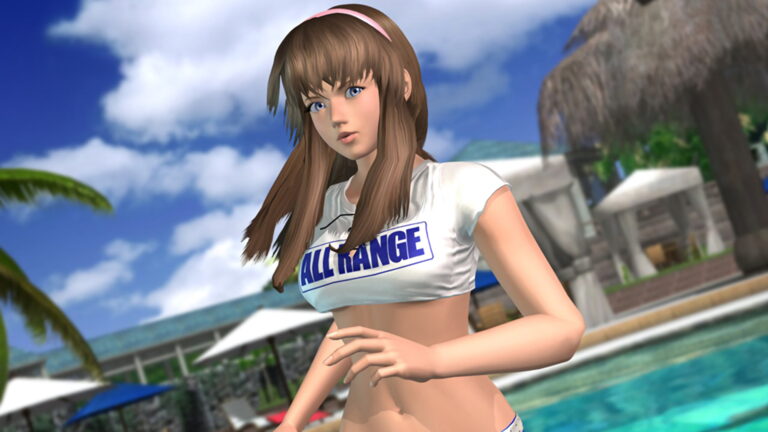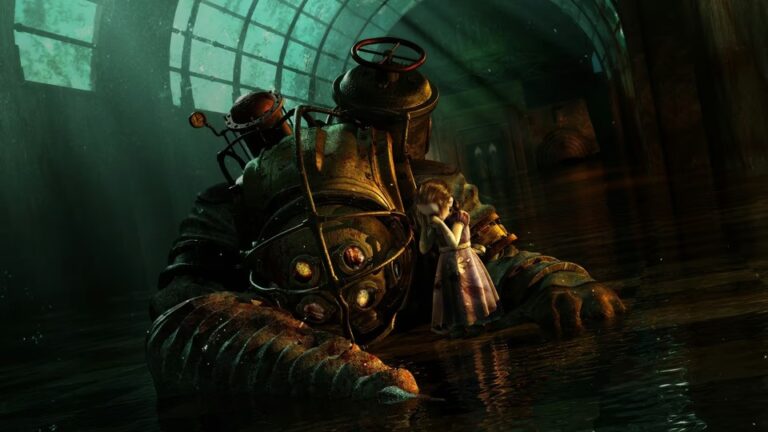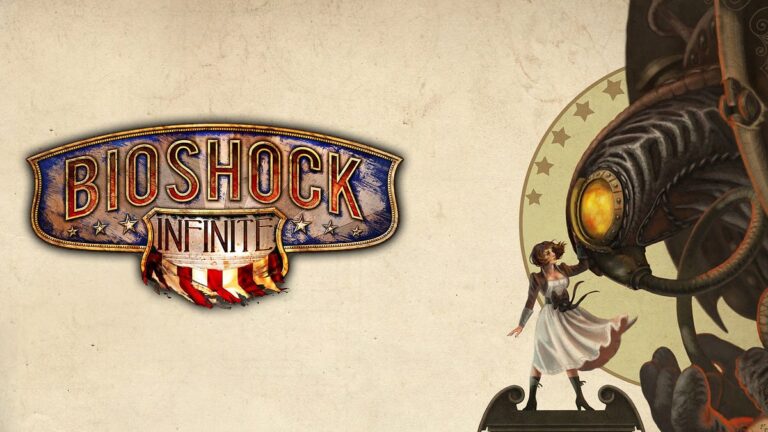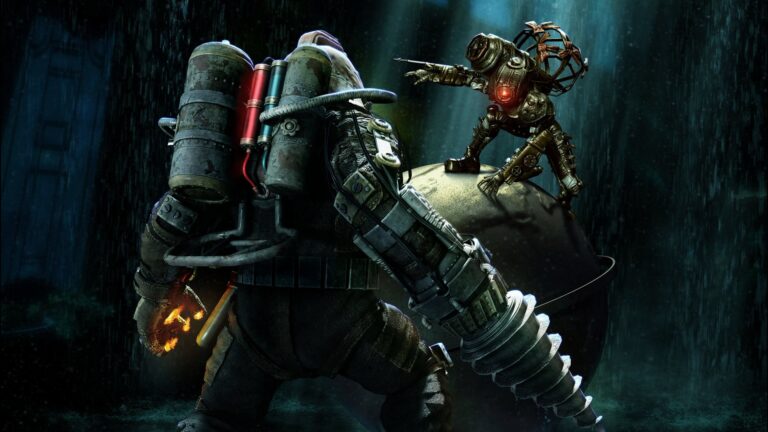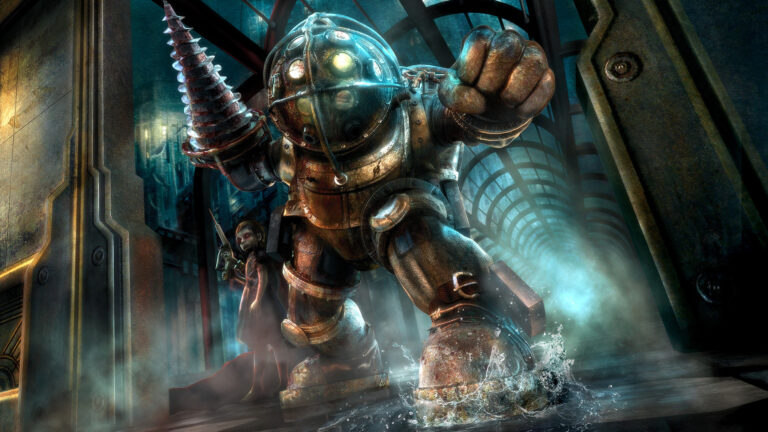Welcome back, once again, to the Ninja Gaiden Love/Hate series! In this entry, we’ll be covering the...
Love/Hate
Welcome back to the Ape Escape Love/Hate series! As I alluded to at the end of the...
Welcome back to the Ape Escape Love/Hate series! I covered the main entries in this franchise last...
Welcome back to the Ninja Gaiden Love/Hate series! It’s been a few months now since I embarked...
Welcome back to the Dead or Alive Love/Hate series! Yeah, that’s right, we’ve got a special little...
And with that, we have completed another Love/Hate series here on IC2S! As soon as I finished...
Welcome back to the Bioshock Love/Hate series! In this entry, we’ll be covering the final game in...
Welcome back to the Bioshock Love/Hate series! In this entry, we’ll be covering Bioshock 2, a sequel...
Oh hey, it’s time for another Love/Hate series here on IC2S! After writing the list of my...
And with that, we have completed another Love/Hate series here on IC2S! Suffice to say, this was...
Welcome back to the Ninja Gaiden Love/Hate series! We’ve covered all the Ninja Gaiden video games that...
Welcome back to the Ninja Gaiden Love/Hate series on IC2S! In this entry, we’ll be looking at...
Welcome back to the Ninja Gaiden Love/Hate series! In this entry, we’ll be looking at Ninja Gaiden...
Welcome back to the Ninja Gaiden Love/Hate series! In this entry, we’ll be looking at Ninja Gaiden...
